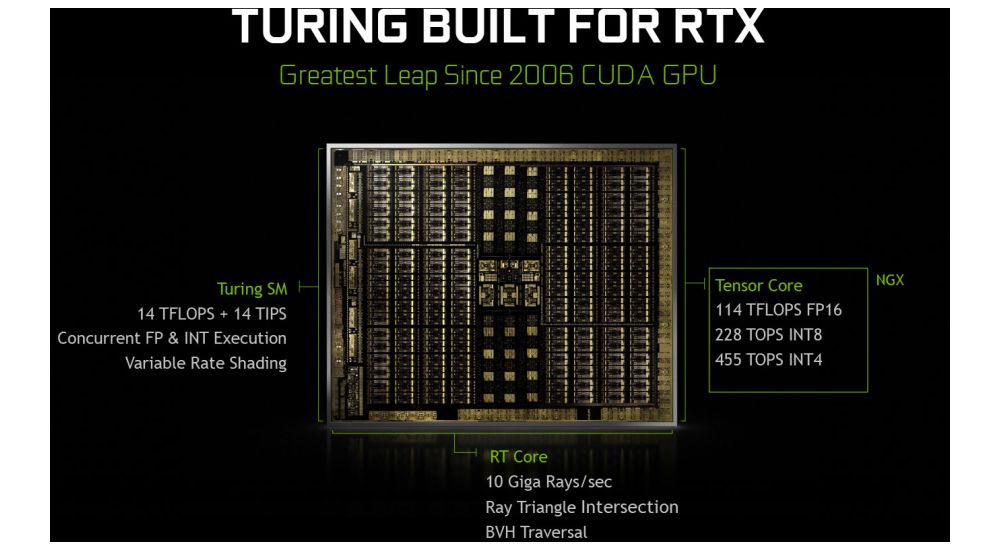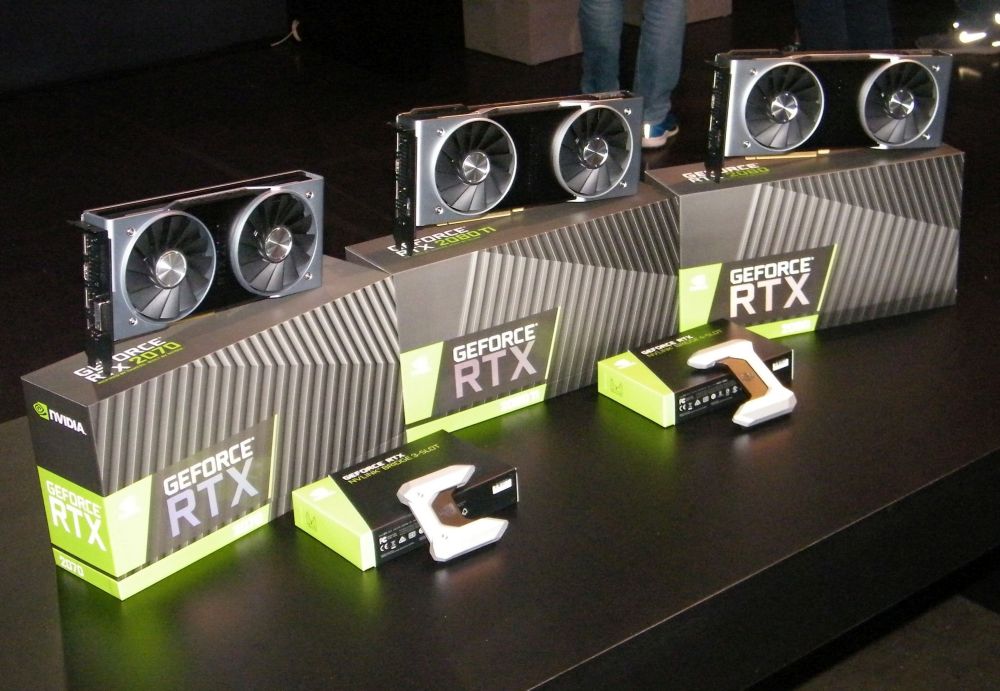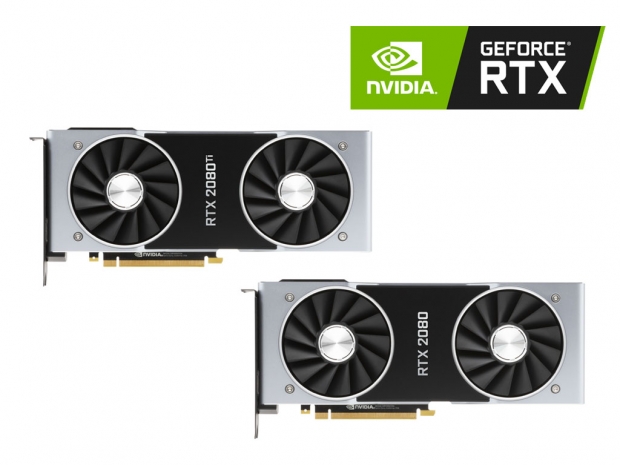Index
- Nvidia Geforce RTX-series is born
- Turing architecture and RTX series
- The new Turing architecture in more details
- Shader improvements and GDDR6 memory
- Nvidia RTX Ray Tracing and DLSS
- The Geforce GTX 2080 Ti and GTX 2080 graphics cards
- Test Setup
- First performance details, UL 3DMark
- Shadow of the Tomb Raider, Assassin’s Creed: Origins
- The Witcher 3, Battlefield 1
- F1 2018, Wolfenstein II: The New Colossus
- Power consumption, temperatures and overclocking
- Conclusion
- All Pages
Turing architecture and RTX series
Before we get into deeper details, in case you missed the original announcement, the Nvidia Geforce RTX series is based on the new Turing GPU, a gaming-oriented GPU which has elements of Nvidia’s Volta GPU.
Built on a 12nm manufacturing process, the Turing GPU is the second biggest chip Nvidia ever made+ at 18 billion transistors, just after the Volta GV100 one.
As noted earlier, the Turing GPU has a complex design, one which consists of standard streaming multiprocessors (SMs), completely redesigned for the sake of RTX series, as well as specialty RT and Tensor Cores, which are used for specific Ray Tracing and AI-oriented tasks, but we will get to that a bit later.

Nvidia has announced a trio of RTX-series graphics cards, some of which will be available as of tomorrow, September 20th, including the Geforce RTX 2070, Geforce RTX 2080, and the Geforce RTX 2080 Ti.
The flagship Geforce RTX 2080 Ti is based on the Turing TU102 GPU and packs a total of 4,352 CUDA cores (in six graphics processing clusters (GPCs), 68 streaming multiprocessors (SMs) and 34 TPCs), 72 RT Cores, a total of 544 Tensor Cores (eight per SM).
It packs 11264MB of GDDR6 14Gbps memory on a 352-bit memory interface for a total memory bandwidth of 616Gbps. Bear in mind that the GTX 2080 Ti uses a cut-down TU102 GPU, while the fully-enabled one, with 4,608 CUDA cores, 576 Tensor Cores and 72 RT cores, is reserved for the Quadro RTX 6000.
The Nvidia Geforce RTX 2080 is based on the Turing TU104 GPU, and it is still not a fully-enabled TU104, which leaves a bit room for a possible different SKU based on the same GPU. The TU104 for the Geforce RTX 2080 still features six GPCs, but it has two SMs per GPC disabled, leaving it with a total of 2,944 CUDA cores, 46 RT Cores, and 368 Tensor cores. It comes with 8GB of GDDR6 14Gbps memory on a 256-bit wide memory interface, leaving it with a memory bandwidth of 448Gbps.
The GTX 2070, which comes at a later date, is based on a smaller TU106 GPU, and while there was room to further cut-down the TU104 GPU, it appears that Nvidia is leaving room for a possible RTX 2070 Ti as well.
The TU106 GPU is pretty much the half of TU102 GPU, as it has three GPCs, each with 12 SMs, leaving the RTX 2070 with 2,304 CUDA cores, 36 RT cores, and 288 Tensor Cores. It is also worth to note that TU106 lacks NVLink interface, which is a new higher-bandwidth interface for connecting multiple (read two) graphics cards.





